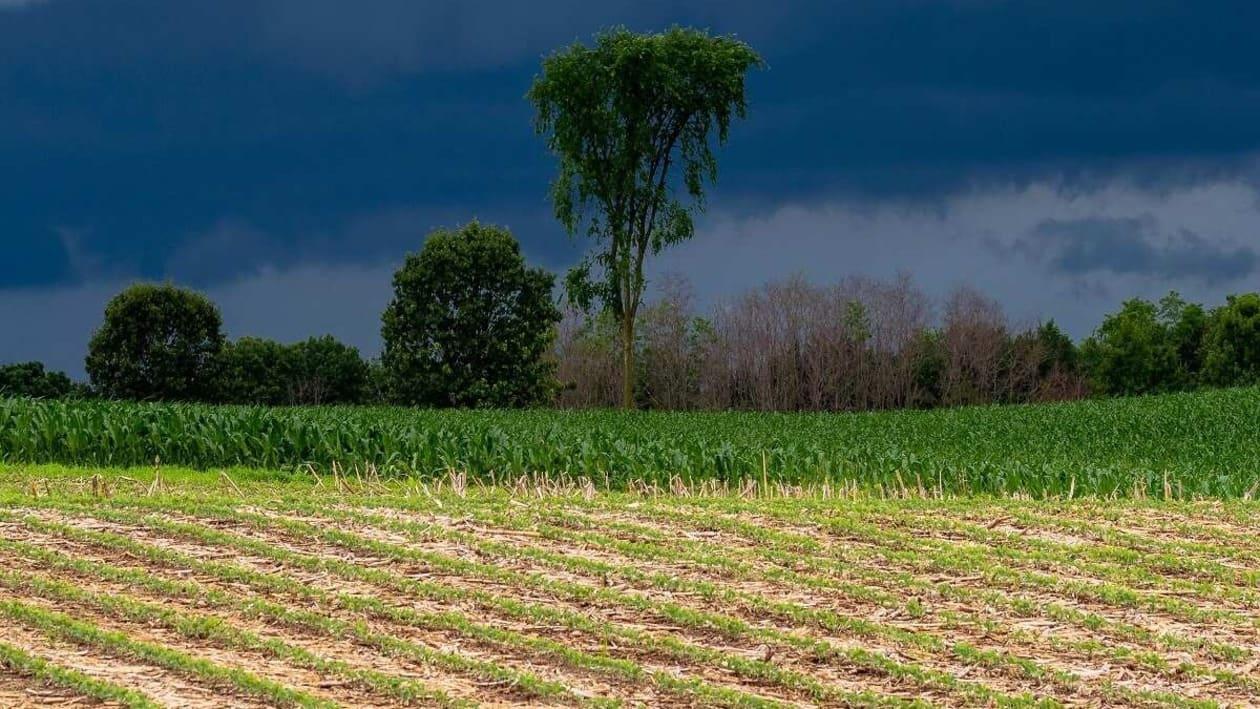Amid all the claims of a normal monsoon, the distribution of seasonal rains has been of great concern this year. Media reports suggest that Uttar Pradesh, Bihar, Jharkhand and West Bengal continue to experience severely arid conditions.
As per the latest data from the India Meteorological Department (IMD), Uttar Pradesh, Bihar, Jharkhand, West Bengal and parts of Nagaland, Manipur, Mizoram and Tripura are rain deficient this monsoon season.
As the Hindustan Times (HT) reported earlier, Uttar Pradesh has 44% rain deficiency; Bihar has recorded 37% deficiency; Jharkhand 26% and Gangetic West Bengal 29% deficiency. In July, eastern and northeastern India recorded 44.7% deficiency, while in August, they recorded 26.5% deficiency.
The states of Uttar Pradesh, Bihar, Jharkhand and West Bengal are significant from the crop production point of view. The scant rainfall is likely to hit the Kharif produce which in turn may raise the risk of food-price inflation.
"Output from the Kharif cropping season, which accounts for nearly half of the country’s annual food supply, is likely to be average, with the area sown countrywide lagging last year’s levels by around 1.5%. The area under paddy grown in the Gangetic plains states affected by severe arid conditions this year was 5.6% lower than last year’s," an HT report said.
Critical for economy
The monsoon is a seasonal change in the direction of the prevailing winds of a region and the summer monsoon and the winter monsoon are the key factors that determine the climate for most of India and Southeast Asia.
The monsoon is critical for the Indian economy as the country gets around 70% of its annual rainfall in the monsoon season only. So, not only agriculture, even industries and households significantly depend on the monsoon rains.
While the monsoon affects the yield of several key Kharif crops like rice, pulses and some oilseeds, it is critical for rabi crops also since it determines the groundwater and water reservoir levels which are critical for irrigation.
A good monsoon is critical for keeping inflation under check as it can lead to increased employment in the agriculture sector, thus increasing the cash flow into the economy. Industries, which depend on the raw materials from the agriculture sector - such as cotton, vegetable oils, natural rubber and sugarcane - save on input costs which results in low prices of the final products.
The likely impact
Analysts and economists do not look worried about the uneven distribution of monsoon this year. They do not expect any significant impact of it on the country. However, it can impact the production of crucial Kharif crop- rice.
Barclays highlighted in its report that due to the persistent rainfall deficiency in the key paddy sowing states of Uttar Pradesh, Bihar and West Bengal, paddy output this year will be at least 6-10MT lower than last year’s level.
"In this context, the extension of the free ration scheme to the second half of FY22-23 could have implications for India’s rice exports – and could become a cause of concern for key importing partners," said Barclays.
Ricky Kirpalani, Lead Sponsor, First Water Capital Fund said erratic monsoons are not new to a country like India.
"We do not believe that scant rainfall in some agri areas will have a sustained impact on the economy. In the near term, there will be some impact on specific agri commodities which might stoke inflation," said Kirpalani.
"Overall, we hope that the inflationary impact on the economy will be calibrated, given that supply side factors on the non-agri and non-energy products are expected to remain benign, amidst rising interest rates. Derivative demand on the other hand across the agri-based consumption areas is expected to be robust, as the economy continues to rebound post the pandemic," Kirpalani said.
Disclaimer: The views and recommendations given in this article are those of individual analysts and broking firms. These do not represent the views of MintGenie.
